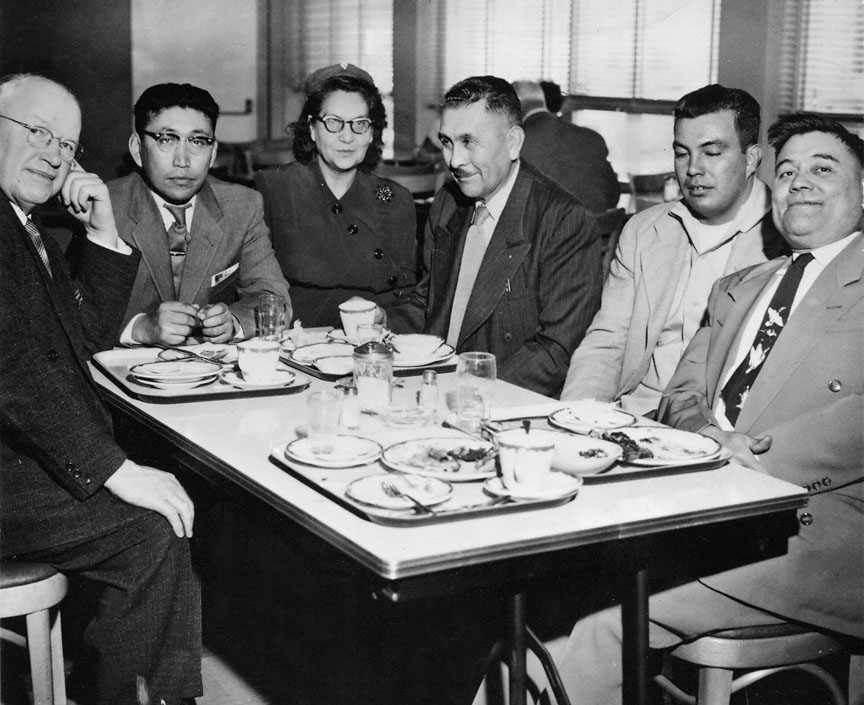
Of the federal-Indian policies introduced to American Indians, termination of trust relations in the 1950s was arguably the most dangerous for Native peoples. On a case-by-case basis, termination threatened to end the trust relationship the U.S. government had with tribes, bands, communities, and individuals who possessed trust lands or properties, thereby giving Indians the same status as all other American citizens. It meant that they owned land or property without the federal protective responsibilities that were guaranteed them in the 374 United States-Indian treaties that were negotiated and ratified between 1778 and 1871. Termination stripped Indians of their identity, a part of the process to assimilate them into the mainstream American culture.
The roots of termination date to World War II, when more than 25,000 Indians served in the armed services, including several hundred women. In the aftermath of the war, some bureaucrats decided it was time to change federal policy to once and for all free Native people from U.S. guardianship and paternalism. The Cold War was just beginning, and many American politicians believed it was important to protect conservative democratic values against anything that might be considered un-American. Indian ways of life and communal cultures on reservations ran counter to President Dwight D. Eisenhower’s political philosophy and the perceived threat of Communism. At the same time, racism in America targeted Indians and other minorities, challenging Indigenous people to become part of the mainstream.
In August 1953, the 83rd Congress approved House Concurrent Resolution 108, which directed the government, “as rapidly as possible, to make the Indians within the territorial limits of the United States subject to the same laws and entitled to the same privileges and responsibilities as are applicable to other citizens of the United States, and to end their status as wards of the United States, and to grant them all of the rights and prerogatives pertaining to American citizenship.” Senator Henry Jackson (D–Washington) sponsored the resolution, and Senator Arthur Watkins (R–Utah) led a small, influential bloc of terminationists in Congress to persuade their colleagues to end the federal trust status of Indians. These efforts coincided with the anti-Communism of the McCarthy era, which fed Cold War fear and paranoia. Most congressional members knew little about Indians and thought the federal effort in Congress and the Bureau of Indian Affairs would Americanize Native people across the country.
With the approval of the Bureau of Indian Affairs under Commissioner Glenn Emmons, bills of withdrawal of trust status flooded Congress. A plan introduced by William Zimmerman, an Associate Bureau of Indian Affairs commissioner, selected the first ten tribes the agency considered ready for termination, which included the Klamath of Oregon and the Menominee of Wisconsin. The first tribe to be part of termination legislation was the Menominee.
Starting in January 1954, Congress entertained 288 bills and resolutions; 46 became laws. Public Law 588 affected 2,100 Indians of sixty bands in western Oregon, and Public Law 715 called for establishing tribal rolls for the distribution of per capita payments from land claims.
Without effective opposition to Public Law 588, the Siletz, Grand Ronde, Coquille, Coos, Lower Umpqua, Siuslaw, and other Oregon tribes succumbed to termination on August 13, 1954, when President Eisenhower signed the bill into law. Trust protection and services provided by the BIA came to an end. For the Siletz, in the Central Coast range, Interior Secretary Fred Seaton approved the tribal roll two years later, enabling each tribal member to receive a final per capita payment of $792.50 for the sale of Grand Ronde reservation timber and grazing lands.
Congress also passed Senate Bill 2745, which became Public Law 587 on August 13, 1954, calling for “the termination of Federal supervision over the property of the Klamath Tribe of Indians located in the State of Oregon and the individual members.” The law, which affected the Klamath and Modoc tribes and the Yahooskin Band of Snake Indians, defined tribal property as real or personal property, plus water rights that had been held in trust for the tribes and individuals. A tribal roll would be created, and “at midnight of the date of the enactment of this Act the roll of the tribe shall be closed and no child born thereafter shall be eligible for enrollment.”
The federal government targeted the Klamath, who, like the Menominee, held rich timberlands. Tribal trust property for the Klamath people totaled 590,000 acres of rich timberland, which had the potential of producing 3.8 billion board feet of lumber, and the government believed that the distribution of per capita payments to enrolled tribal members would make them financially independent. During the six months when the tribal role was being prepared, Oliver LaFarge, president of the Association on American Indian Affairs (AAIA), opposed the termination of the Klamath and the other tribes that the BIA had selected. He and other civic-minded individuals lobbied against the policy on behalf of Native peoples’ interests.
Terminationist members of Congress, however, acted in the best interests of their non-Indian constituents. Timber, water rights, oil, and other natural resources were at stake on Indian reservations, and U.S.–Indian treaties would become meaningless with the removal of trust status. In essence, the revocation of the federal government’s responsibility to protect Indian rights under treaty agreements made Indian property holders vulnerable to opportunists.
Indian Country received another blow to Indigenous sovereignty on August 15, 1953, when the 83rd Congress passed Public Law 280. Sovereignty is the key legal concept protected in the treaties signed by the United States and Indian nations, and Public Law 280 eliminated that protection by enabling five states to have criminal and civil jurisdiction over reservations. The law established a state-tribal relationship in Oregon (except on the Warm Springs Reservation), California, Nebraska, Minnesota (except on the Red Lake Reservation), and Wisconsin (except on the Menominee Reservation). Alaska was later added.
Termination proved to be a disastrous policy for Native people in Oregon and across Indian Country. The majority of Indians did not understand the legal consequences of sections of the termination laws, and many, like the Klamath, became frustrated because they believed they had been misinformed and misled. In 1956, two tribal management specialists, T.B. Watters and E.G. Favell, traveled to Washington, D.C., to ask for amendments to Public Law 587 and to extend the trust status for the Klamaths. Oregon Senator Richard Neuberger and Representative Albert Ullman worked together to hold hearings to amend the Klamath termination law. H.R. 2471, introduced to delay termination, amended Public Law 587 to reestablish final termination on the last day of August 1961.
As final termination approached, the Department of the Interior released information that Klamath lands had been appraised at almost $91 million. This meant that 1,659 individual members of the tribe would receive a one-time payment of $44,000. In the end, opportunists benefitted much more than the Klamaths did, especially the forest industry in the region.
Termination radically changed the lives of many Indians in Oregon, but no one expected that the dangerous policy could be reversed. Nearly twenty years after the first termination legislation, however, that is what happened. Menominee leader Ada Deer and an organization called Determination of Rights and Unity for Menominee Shareholders (DRUMS) lobbied Congress for restoration of sovereignty. On December 22, 1973, President Richard M. Nixon signed the Menominee Restoration Act. Four years later, twenty-eight bills were introduced in Congress to restore tribes, with more to come, and in 1978 the federal government created a federal recognition procedure.
On December 17, 1975, Congress considered the Siletz Restoration Act, which had the support of Oregon Senator Mark O. Hatfield. The Siletz sent two delegations in the following year to lobby for restoration. During 1975–1976, at the Task Force Ten hearings in Salem, people whose tribes had been terminated testified about the effects of termination on their people.
In 1977, the Siletz Tribe was recognized and restored; and in September 1980, President Jimmy Carter signed Public Law 96–340, which created a 3,063-acre reservation for the Confederated Tribes of Siletz Indians of Oregon. In 1982, the Cow Creek Band of the Umpqua Tribe was restored. Congress passed the Grand Ronde Restoration Act as Public Law 98–165 on November 22, 1983, creating the Confederated Tribes of Grand Ronde. The following year, on October 17, 1984, President Ronald Reagan signed the federal recognition act to restore trust status to the Coos, Lower Umpqua, and Siuslaw. The Klamath had their trust status restored on August 26, 1986. In June 1989, Congress passed the Coquille Restoration Act to restore their federal trust relationship. Although the Klamath Tribes won federal recognition, the law did not restore all of their former reservation lands, leaving them only a dozen small areas of about 300 acres in Klamath County.
The restored tribes in Oregon have been persistent in rebuilding their nations. Having survived termination and regained federal recognition as sovereign nations, Oregon tribes have persisted to control their own destinies. As of 2024, there were 574 federally recognized tribes in the United States.

Zoom image
Klamath Tribal Council, 1955. Klamath Tribal Council, 1955 Courtesy Oreg. Hist. Soc. Research Lib., OrHi 02356
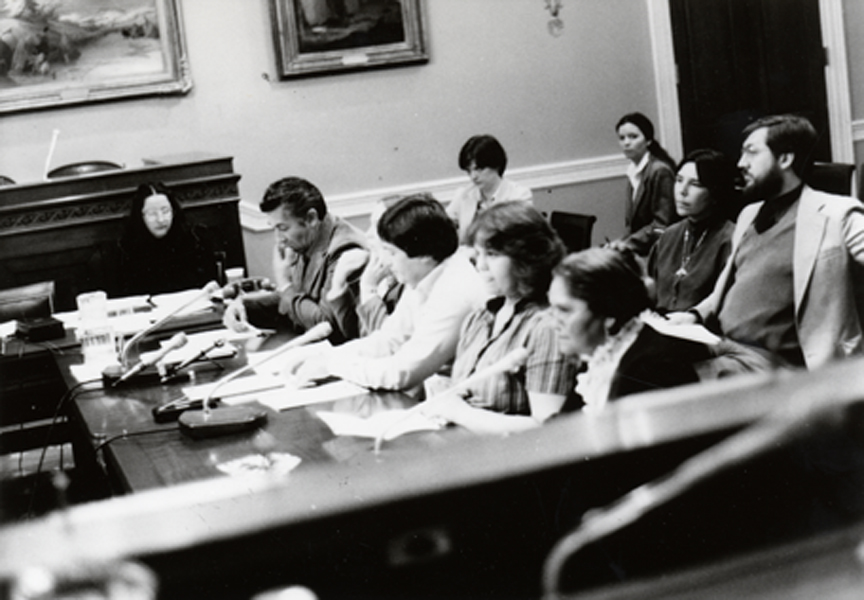
Zoom image
Grand Ronde Restoration Hearing, 1983. Grand Ronde Restoration Hearing, 1983 Courtesy Oreg. Hist. Soc. Research Lib., OrHi 101587
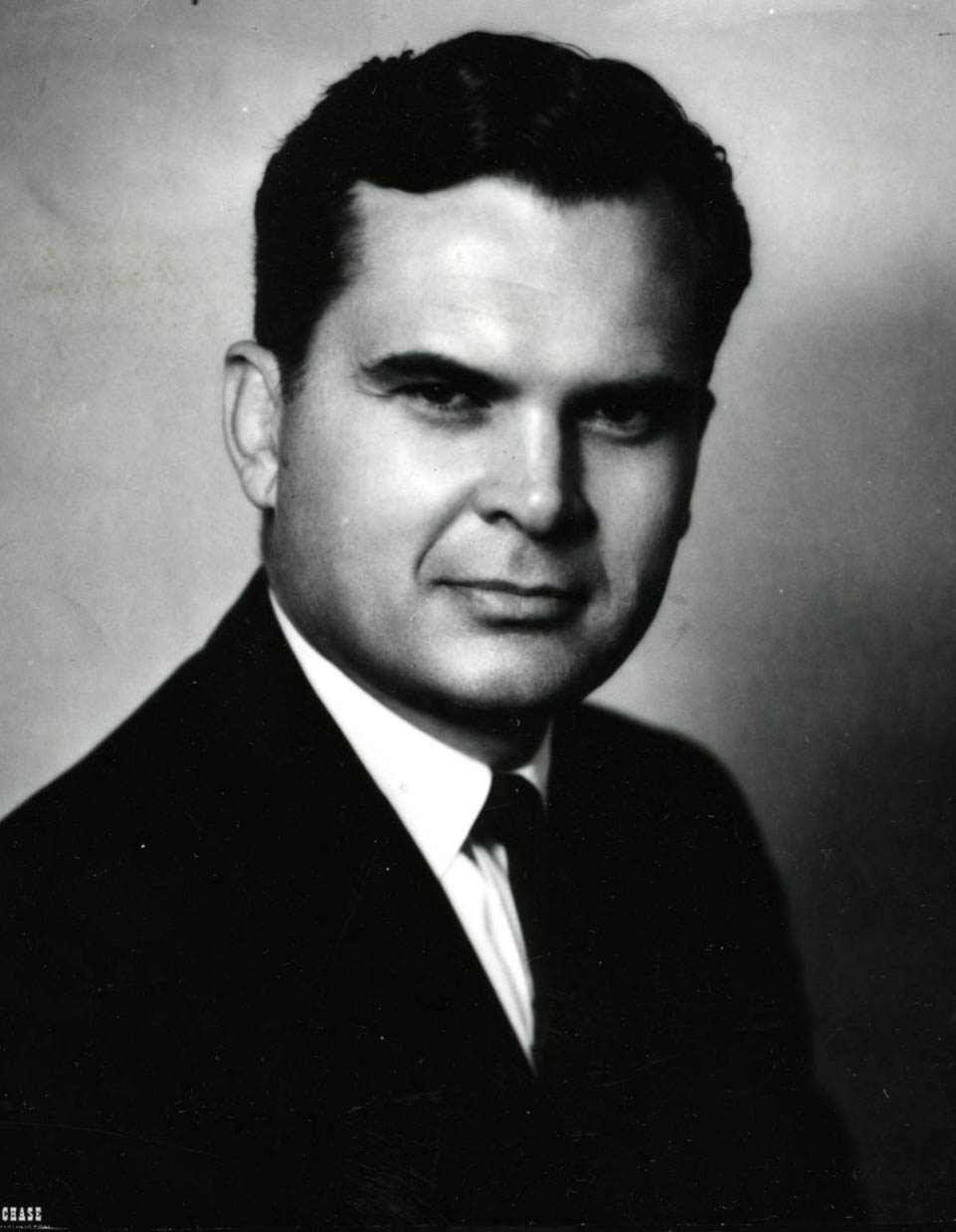
Albert Conrad "Al" Ullman (1914-1986) Albert Conrad "Al" Ullman, the U.S. representative from Oregon’s Second…

Confederated Tribes of Grand Ronde The Confederated Tribes of Grand Ronde Community of Oregon is a confede…
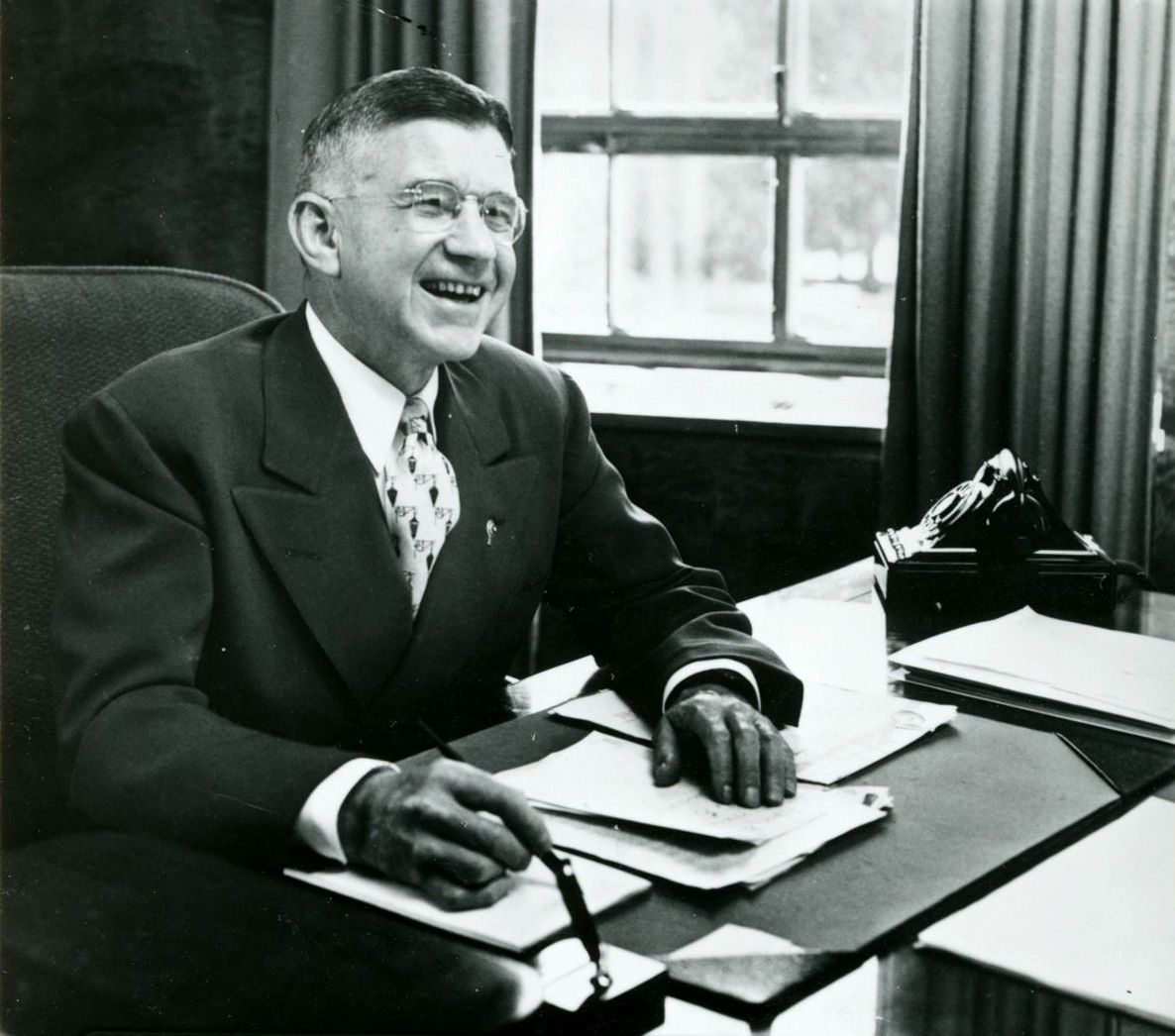
James Douglas McKay (1893-1959) Douglas McKay, a conservative Republican, was governor of Oregon from 1…
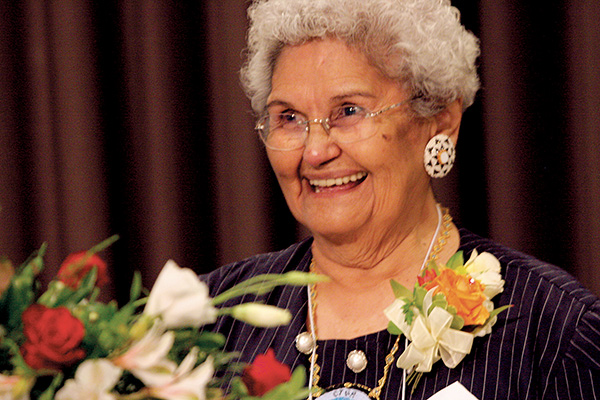
Kathryn Harrison (1924-2023) Kathryn Jones Harrison of the Confederated Tribes of Grand Ronde was on…
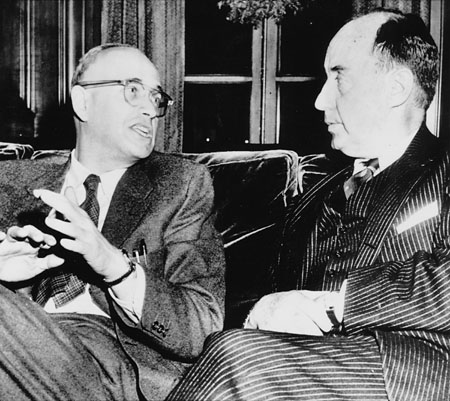
Richard Neuberger (1912-1960) When he was elected to the United States Senate in 1954, Richard Neuber…
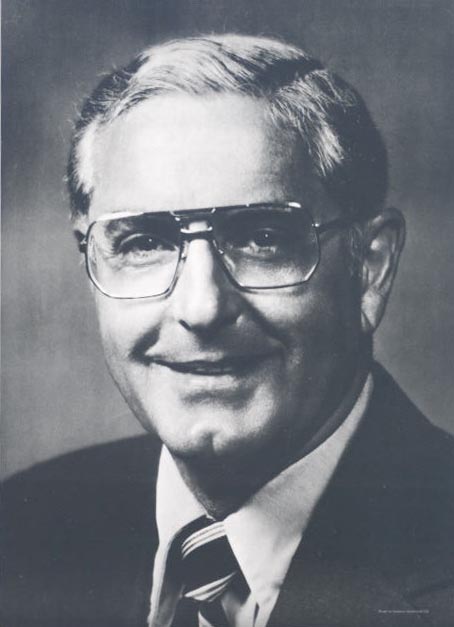
Fixico, Donald L. Termination and Relocation: Federal Indian Policy, 1945-1960. Albuquerque: University of New Mexico Press, 1986.
Lewis. David Gene. "Termination of the Confederated Tribes of the Grand Ronde Community of Oregon: Politics, Community, Identity." Ph.D. diss., University of Oregon, 2009. https://scholarsbank.uoregon.edu/xmli/handle/1794/10067.
Statement of Oregon Senator Richard Neuberger to House Interior Subcommittee on Indian Affairs, no date, excerpts of Wade Crawford testimony before Senate Appropriations Committee, March 15, 1956, Box RN-12, Richard L. Neuberger Papers, Special Collections, University of Oregon Library and “Western Oregon Indians Termination Act,” Public Law 588, August 13, 1954, U.S. Statutes At Large, 68 pt. 1:724-28.
Wilkinson, Charles. The People Are Dancing Again: The History of the Siletz Tribe of Western Oregon Seattle: University of Washington Press, 2010.
Klamath Termination Act, Public Law 587, August 13, 1954, U.S. Statutes At Large, 68 pt. 1:718-28.
“Criminal and Civil Jurisdiction Act,” Public Law 280, August 4, 1953, U.S. Statutes At Large, 67:588-90.
Coquille Restoration Act,” Public Law 100-42, U.S. Statutes At Large, 103:91-94.
Public Law 98-481, “Restoration Act for Coos, Lower Umpqua and Siuslaw Indians,” David R.M. Beck, Seeking Recognition: The Termination and Restoration of the Coos, Lower Umpqua and Siuslaw Indians, 1855-1984 (Lincoln: University of Nebraska Press, 2009